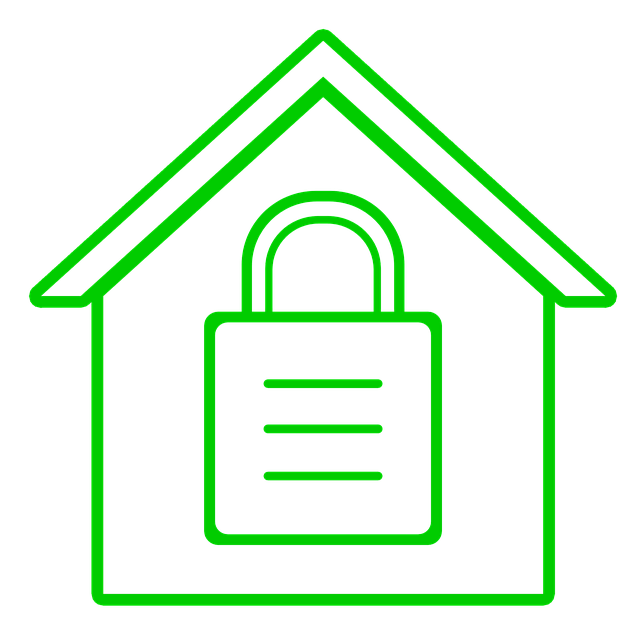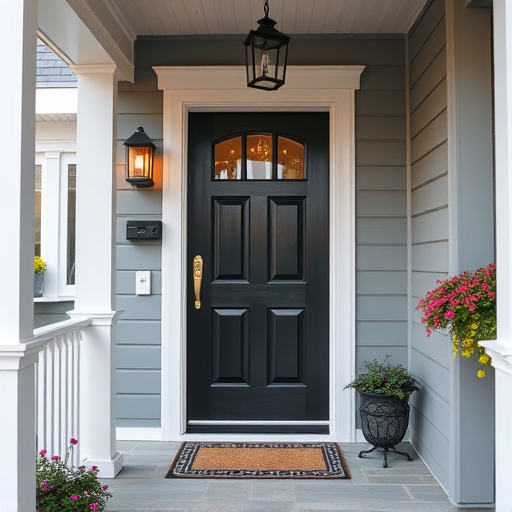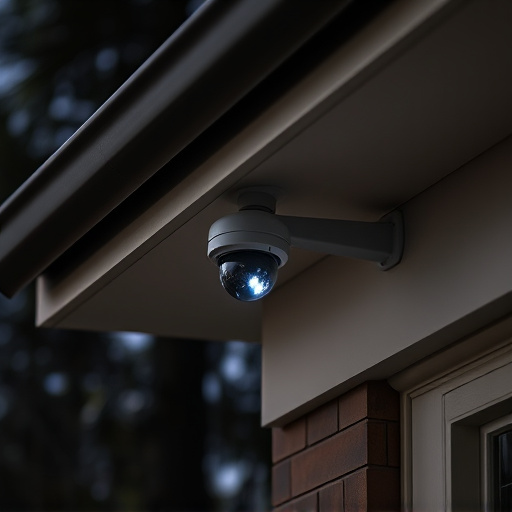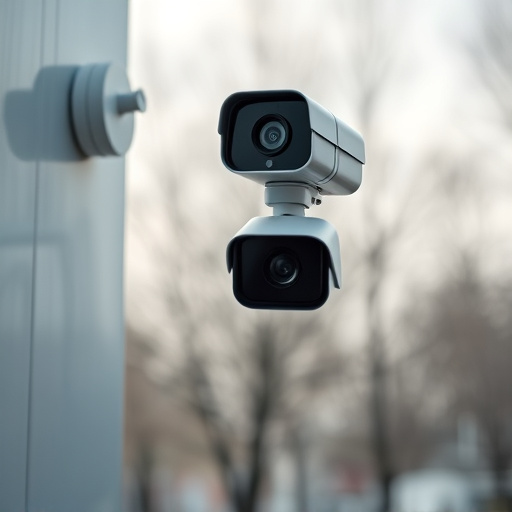Experience unparalleled peace of mind with smart home protection—your silent guardian in today's digital age. Imagine your home as a haven, where intelligent devices seamlessly monitor and secure every corner. From motion sensors to advanced cameras, each feature contributes to a holistic safety net, ensuring your property is protected without compromising comfort. Live with confidence, knowing your sanctuary is guarded by cutting-edge tech designed to anticipate and respond to potential threats. Embrace smart living—start small with easy-to-install sensors and locks, then expand to 24/7 surveillance and energy-saving systems. Invest in a secure future today; smart home protection isn't just technology; it's investing in yourself and your well-being.
“Welcome to the world of smart home protection—your new partner in achieving peace of mind. Imagine waking up each day, knowing your home is fortified with cutting-edge technology, ready to safeguard your loved ones and valuables. Smart devices transform your living space into a secure haven, enhancing your daily routine with an added layer of confidence. Let’s unlock the potential of smart home protection and revolutionize your journey toward a safer, more tranquil life.”
- Embrace Smart Home Protection: Your Gateway to Peace of Mind and Enhanced Security
- Discover the Power of Smart Devices: Revolutionize Your Home Safety Journey
- Unlock a Safer Haven: Explore Smart Home Protection Solutions for Beginners
- Innovate Your Home's Defense: A Comprehensive Guide to Smart Home Protection
- Breathe Easy with Smart Home Protection: Trustworthy Tools for a Secure Beginning
Embrace Smart Home Protection: Your Gateway to Peace of Mind and Enhanced Security

Embracing smart home protection is like inviting a vigilant guardian into your space, ensuring peace of mind with every passing day. In today’s digital age, your home isn’t just a physical sanctuary; it’s a network of interconnected devices that can become your strongest ally in maintaining safety and security. For homeowners and renters alike, integrating smart home technology offers a subtle yet powerful shift towards enhanced protection. Imagine a system that keeps an vigilant eye on your property without the intrusion of traditional cameras or alarms—a silent guardian that sends immediate alerts to your phone if any potential threat arises. This is not just about high-tech gadgets; it’s about empowering you with control and knowledge, enabling you to be proactive in safeguarding what matters most.
By adopting smart home protection, you’re not just installing a security system; you’re creating an intelligent environment that adapts to your routines and needs. From motion sensors that detect unusual activity without false alarms to advanced door locks that offer multi-factor authentication, each component contributes to a holistic approach to safety. Visualize your home as a fortress, where every corner is monitored, every entrance secured, and any anomaly is promptly addressed—all while maintaining the comfort and convenience of modern living. Smart home protection is not just a step towards the future; it’s a commitment to living with confidence, knowing that your home is protected by technology designed to anticipate, detect, and respond.
Discover the Power of Smart Devices: Revolutionize Your Home Safety Journey

Imagine waking up to a home that feels as safe and secure as it does comfortable. Smart home protection isn’t just about high-tech gadgets; it’s about gaining peace of mind, knowing that your loved ones and belongings are protected. For homeowners and renters alike, integrating smart devices into your daily routine can transform your living space from a place of concern to a haven of security. Picture this: sensors that detect unusual activity, cameras that send instant alerts to your phone, and systems that allow you to monitor your home’s security from anywhere in the world. These are not just futuristic concepts; they’re practical steps towards enhancing your safety and well-being.
Embarking on your smart home protection journey doesn’t have to be overwhelming. Start small with essential devices like motion sensors and smart locks, which can prevent unauthorized access and alert you of any suspicious activity. As you become more comfortable, expand your network with cameras that offer 24/7 surveillance and smart thermostats that not only save energy but also help you keep an eye on things while you’re away. Remember, the goal is to create a connected home environment that feels natural and intuitive, one that responds to your needs and enhances your daily life. With smart home protection, you’re not just investing in technology; you’re investing in your peace of mind.
Unlock a Safer Haven: Explore Smart Home Protection Solutions for Beginners

Imagine walking into your home, a sanctuary designed to protect and secure you. With smart home protection solutions, that vision becomes a reality. These innovative devices are transforming homes across the globe, offering peace of mind and enhanced safety for homeowners and renters alike. Think of them as vigilant sentinels, quietly monitoring your space 24/7, ready to alert you to potential dangers. From motion sensors that detect unusual activity to smart cameras providing clear, night-time vision, these tools are your first line of defense against unwelcome visitors and unexpected events.
By integrating smart home protection into your living environment, you’re not just investing in technology; you’re investing in a safer haven where you can relax, work, and live worry-free. These systems allow for remote monitoring, so you can keep an eye on your property from anywhere. Plus, many devices offer automatic alerts to your phone, ensuring immediate notification of any potential issues. Embrace the future of home safety and unlock a world where security is intuitive, efficient, and always at your fingertips.
Innovate Your Home's Defense: A Comprehensive Guide to Smart Home Protection

Imagine your home, not just a physical space, but a fortress of peace and safety—all thanks to smart home protection systems. This innovative approach to home security is transforming the way we safeguard our most precious possessions and loved ones. For beginners stepping into the world of smart homes, it might seem overwhelming, but fear not! The journey begins with understanding that your home’s defense doesn’t have to be complex or intimidating. Smart devices for home safety offer a seamless blend of technology and tranquility, providing you with real-time peace of mind.
By integrating simple yet powerful tools into your daily routine, you can create an impenetrable barrier around your sanctuary. From motion sensors that detect unusual activity to smart cameras delivering clear, night-time visuals—these devices are the vigilant sentinels guarding your home’s every corner. Picture this: a subtle notification on your phone, alerting you to a potential intruder, allowing you to respond swiftly and confidently. Smart home protection is not just about locks and alarms; it’s a holistic approach that enhances your quality of life, ensuring your home remains a place of comfort, safety, and security. Embrace the future of home defense and unlock a new level of peace.
Breathe Easy with Smart Home Protection: Trustworthy Tools for a Secure Beginning

Imagine waking up each morning, not with a sense of worry but with a deep breath of relief. Smart home protection is more than just technology; it’s your peace of mind, knowing that your space is secure and you’re in control. For homeowners and renters alike, embracing smart devices for home safety is like locking the doors to anxiety and uncertainty. It’s about transforming your house into a sanctuary where you can relax, knowing every step has been taken to safeguard what matters most.
Take, for instance, motion sensors that discretely monitor your floors, providing immediate alerts when there’s unusual activity. Or smart cameras that offer clear, wide-angle views, allowing you to keep an eye on your home from anywhere at any time. These tools aren’t just responsive; they’re proactive. They learn your routines, adapt to changing conditions, and notify you instantly if something out of the ordinary happens. With smart home protection, you’re not just buying devices; you’re investing in a smarter, safer way of living that fits seamlessly with your daily life.
Embracing smart home protection is like wrapping your loved ones in a warm embrace, knowing they’re safe and secure even when you’re away. It’s a powerful tool that transforms your house into a haven of peace and tranquility, where every door and window speaks of vigilance and every corner resonates with the promise of safety. Imagine the freedom to live your life fully, confident that your home is protected by cutting-edge technology designed to keep you and your family out of harm’s way. Take the first step towards this innovative future today and unlock a safer, smarter home – because your peace of mind is priceless. Learn more about how smart home protection can revolutionize your security journey and breathe easy with the knowledge that your home is truly yours.






